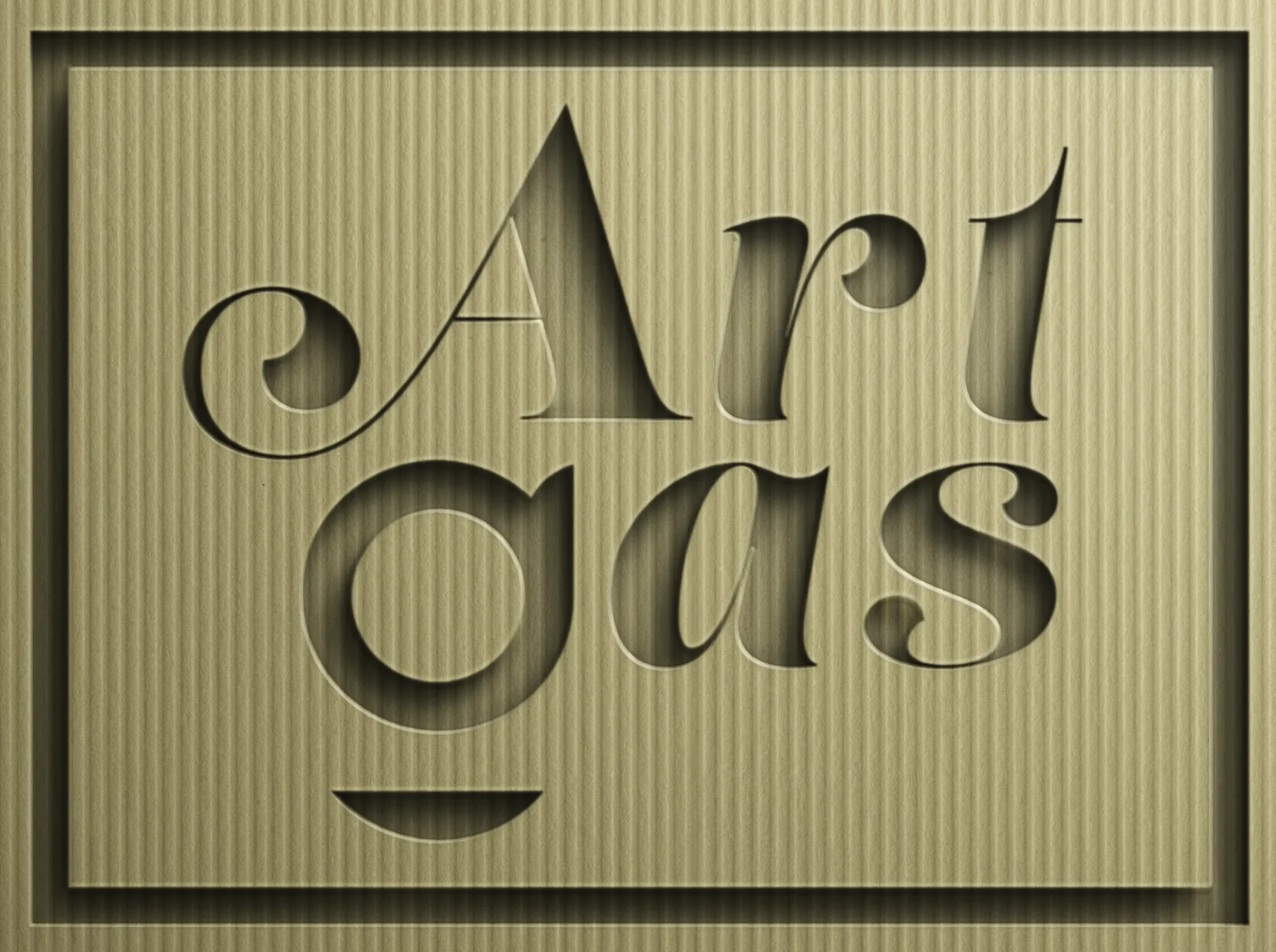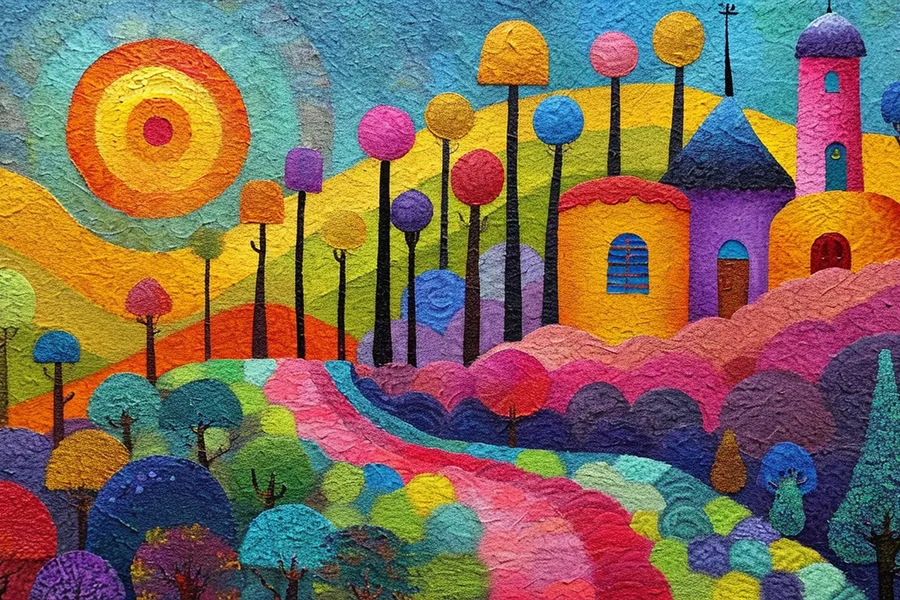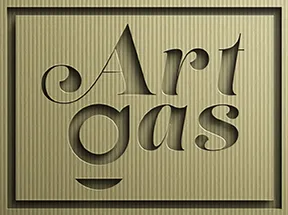The Enchanting Realm of Naïve Art: Uncover Its Charm and Timelessness
Naïve art, often characterized by its childlike simplicity and lack of proportional accuracy, stands out as a uniquely captivating art form. Unlike traditional artistic movements, which often prioritize technical skill and formal training, naïve art celebrates the untrained artist’s perspective, offering a refreshingly pure and unfiltered view of the world. This art style is defined by vibrant colors, straightforward narratives, and an endearing disregard for perspective, making it accessible and beloved by art enthusiasts of all backgrounds.
Overview and History of Naïve Art
Naïve art, sometimes called primitive or folk art, has roots that extend deep into the annals of history, with early examples predating the modern art movements of the 19th and 20th centuries. It gained prominence in the late 19th and early 20th centuries when artists like Henri Rousseau brought attention to the charm and authenticity of this self-taught style. Unlike academically trained artists, naïve artists often lack formal education in art, leading to artworks that are instinctual, vibrant, and unencumbered by the technicalities of perspective and composition.
Popularity and Appeal
Naïve art’s popularity stems from its ability to evoke a sense of nostalgia and purity. Its straightforwardness, coupled with vivid depictions of everyday life, appeals to a broad audience. The style resonates with those who appreciate art that is both accessible and emotionally engaging, making it popular among collectors and casual art lovers alike.
Top 5 Traditional Variations of Naïve Art
- Rural Idylls: Characterized by pastoral scenes and bucolic landscapes, this variation emphasizes tranquility and nature.
- Urban Landscapes: Showcases city life with a whimsical twist, highlighting the charm of urban environments through a naïve lens.
- Seascapes and Maritime Themes: Focuses on oceanic scenes, boats, and coastal life, capturing the vastness of the sea with simplistic detail.
- Portraits and Everyday Life: Depicts individuals and daily activities, offering a window into the lives of ordinary people.
- Fantasy and Surrealism: Merges dreamlike elements with reality, creating imaginative and often whimsical scenes.
Top 5 Digital or AI Variations of Naïve Art
- Digital Folk Art: Combines traditional naïve themes with digital techniques, creating a modern twist on folkloric storytelling.
- AI-Generated Imagery: Uses artificial intelligence to create artworks that retain the naïve art style’s hallmark innocence and simplicity.
- Pixel Art: Echoes naïve art’s simplicity through retro-inspired, pixelated graphics that evoke nostalgia.
- Animated Naïve Art: Brings to life the static images of naïve art through animation, adding a dynamic element to the style.
- Interactive Art: Incorporates user interaction, allowing audiences to engage with naïve art in a digital landscape.
FAQs About Naïve Art
- What defines naïve art?
- Naïve art is defined by its simplicity, vibrant colors, and lack of formal artistic training or technique.
- Who are some famous naïve artists?
- Henri Rousseau and Grandma Moses are among the most celebrated naïve artists.
- Can naïve art be digital?
- Yes, digital tools have enabled artists to explore naïve art in new, innovative ways.
- Is naïve art only paintings and prints?
- While paintings and prints are common, naïve art can extend to sculptures, textiles, and digital media.
- How does one start collecting naïve art?
- Begin by researching artists and galleries that specialize in naïve art, attending exhibitions, and connecting with other collectors.
- What makes naïve art appealing?
- Its accessibility, emotional resonance, and distinctive style make it widely appealing.
- Is naïve art considered fine art?
- While traditionally seen as outsider art, many now recognize naïve art’s value and consider it part of the fine art world.
- How has naïve art evolved?
- It has adapted to include modern themes and technologies, while retaining its characteristic simplicity and charm.
- Where can I view naïve art?
- Many museums and galleries worldwide exhibit naïve art, alongside specialized online platforms and exhibitions.
- What is the future of naïve art?
- With the rise of digital media and AI, naïve art is evolving, reaching new audiences and exploring innovative expressions.
Noteworthy Artists and Resources
- Henri Rousseau, known for his lush, dreamlike jungles.
- Grandma Moses, celebrated for her depiction of rural American life.
- Naïve Art Online Gallery – A platform showcasing diverse naïve artists.
Conclusion: Why Art Gas’s Collection is a Must-See
Art Gas’s collection of prints and paintings encapsulates the essence of this enchanting style. With a diverse range of traditional and digital works, the collection offers a unique glimpse into the world of naïve art, appealing to both seasoned collectors and new enthusiasts alike. (Coming Soon)
Main SEO Keywords
- Naïve art
- Naïve art prints
- Naïve paintings
- Digital naïve art
- Henri Rousseau
- Grandma Moses
- Naïve art collection
- Folk art
- Primitive art
- Art collecting


